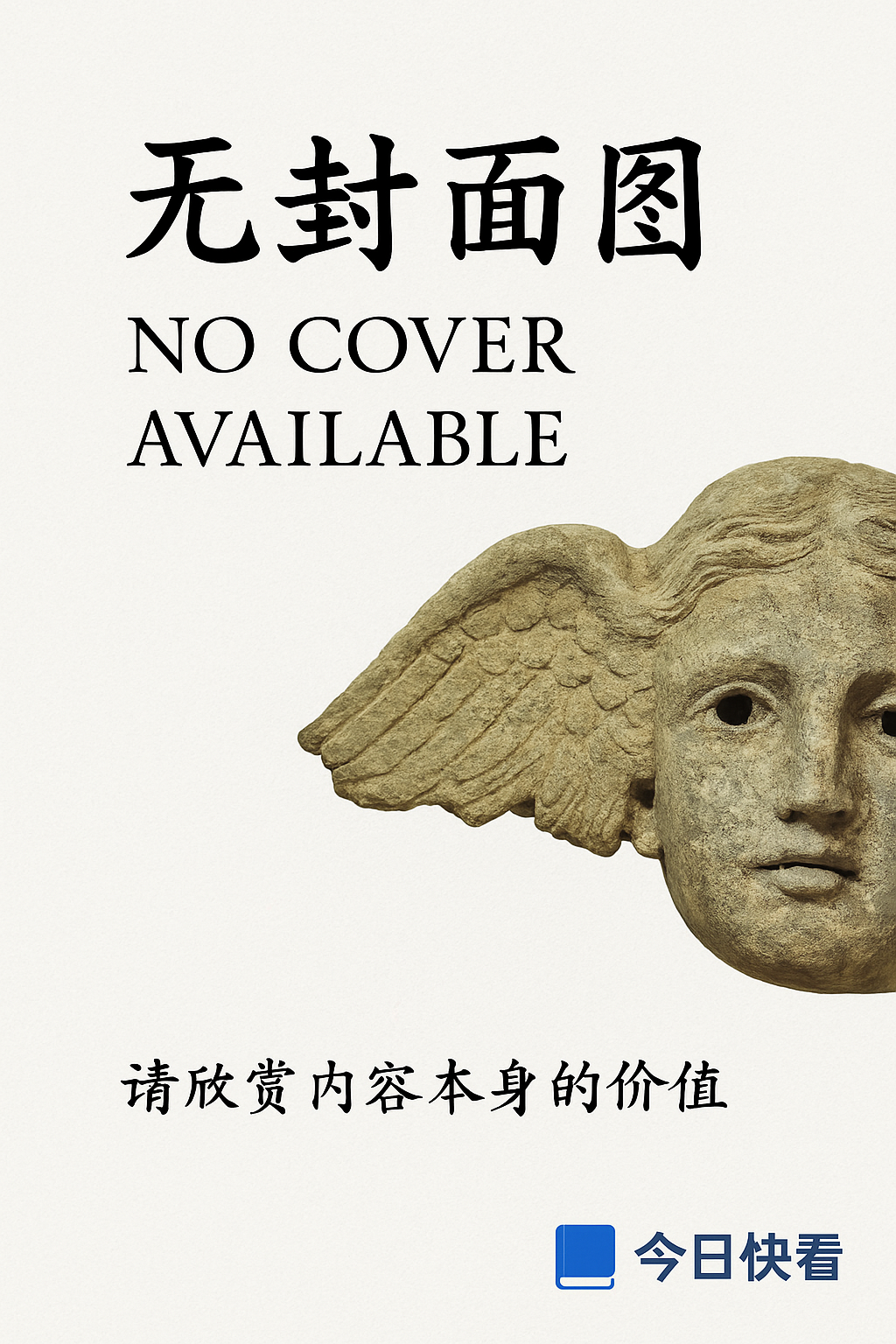书籍详情

Likeness and Presence : A History of the Image before the Era of Art
Hans Belting / University Of Chicago Press /1997年1月15日
"Likeness and Presence: A History of the Image before the Era of Art" by Hans Belting delves into the pre-Renaissance and Reformation era, exploring the concept of holy images and their significance. Prior to this period, religious icons were not viewed as "art" in the modern sense, but rather as vessels of divine presence and power. Belting examines how these images were created, worshipped, and the role they played in society, shedding light on a time when the lines between art, religion, and culture were blurred. This book offers a fascinating look at the evolution of art and the changing perceptions of images throughout history, making it a must-read for art historians and those interested in the intersection of art and faith.
大纲笔记
《Likeness and Presence》书籍摘要
第一章:The Idol and the Icon
1.1 The Idol as Object
- 关键点一:Idol指的是被崇拜的实体对象,通常具有宗教或神圣的意义。
- 关键点二:Idols在历史上的角色是作为连接人与神的媒介。
1.2 The Icon as Representation
- 关键点一:Icon代表了一种图像,它不仅仅是物质的复制,而是指向超越自身的意义。
- 关键点二:Icons通过其代表性,成为了信仰和文化实践的一部分。
第二章:Image and Text
2.1 Image as Supplement
- 关键点一:在这一节中,讨论了图像如何补充文字描述的不足。
- 关键点二:图像提供了直观性,有时能够传达文字难以表达的含义。
2.2 Textuality of Images
- 关键点一:图像本身包含了文本性,它们可以像文字一样被解读和解释。
- 关键点二:图像的文本性与图像学(Iconology)紧密相关,强调图像背后深层的文化和历史含义。
第三章:The Image and the Divide of East and West
3.1 Eastern Orthodoxy and Icons
- 关键点一:东方正教会对圣像的使用有着严格的规定,强调其并非物质的偶像。
- 关键点二:东正教的圣像通常被视为神性的窗户,而不是神的直接形象。
3.2 Western Catholicism and Idolatry
- 关键点一:西方天主教会在历史上曾出现过关于圣像和偶像崇拜的争议。
- 关键点二:天主教会的立场倾向于在崇敬圣像的同时,避免将其视为神本身。
第四章:The Modern Image
4.1 Photography as Image Technology
- 关键点一:摄影技术的发展改变了图像的制作和传播方式。
- 关键点二:摄影与绘画相比,提供了一种更为机械化和客观的记录手段。
4.2 Modern Art and Image Conceptions
- 关键点一:现代艺术中对图像的理解和处理变得更加多元化和实验性。
- 关键点二:现代艺术家们探讨了图像与现实、再现与表现之间的关系。
第五章:Image in Flux
5.1 Digital Images and Reality
- 关键点一:数字图像的出现模糊了现实与再现之间的界限。
- 关键点二:数字技术使得图像可以被无限复制和调整,挑战了传统图像的唯一性和真实性。
5.2 From Likeness to Presence
- 关键点一:书中回归到主题原点,探讨从相似性(likeness)到存在(presence)的转变。
- 关键点二:这一转变体现了图像在人类文化和宗教信仰中的复杂角色和深远影响。
精彩句段
针对Hans Belting的著作《Likeness and Presence: A History of the Image before the Era of Art》,以下是从书中挑选的精彩句子或段落,它们或意义深刻,或视角独特,或语言优美,或充满智慧,或富有创造力。这些句子或段落按照编号1-20的形式呈现,以供读者参考。
- “在人类历史的黎明时期,图像并非艺术的产物,而是与巫术、宗教和日常生活紧密相连。”
—— 此句揭示了早期图像功能的多元性,挑战了将图像仅视为艺术表现的传统观点。
- “图像的力量在于其能够跨越语言和文字的障碍,成为不同文化间交流的通用媒介。”
—— 此句强调了图像在跨文化交流中的重要作用。
- “在图像的历史中,我们可以发现人类对自我认知的不断深化和拓展。”
—— 此句将图像的历史与人类自我认知的发展联系起来,提供了独特的视角。
- “图像并非总是被动地反映现实,它们也能主动地塑造和构建现实。”
—— 此句揭示了图像在构建社会现实中的积极作用。
- “早期的图像往往承载着神秘和神圣的力量,它们被视为与神灵沟通的媒介。”
—— 此句描绘了早期图像在宗教和巫术领域的重要地位。
- “随着历史的发展,图像逐渐从宗教和巫术的束缚中解脱出来,成为表达个人情感和观念的工具。”
—— 此句概述了图像功能的历史转变。
- “图像的演变史是一部关于人类视觉文化不断丰富和多样化的历史。”
—— 此句强调了图像在人类视觉文化发展中的重要地位。
- “在图像的世界中,我们可以看到人类对美的追求和对丑的排斥,以及对现实和幻想的不断探索。”
—— 此句揭示了图像在反映人类审美观念和心理状态方面的作用。
- “图像不仅是静态的呈现,它们也蕴含着动态的历史过程和文化变迁。”
—— 此句强调了图像的动态性和历史性。
- “通过对图像的研究,我们可以更好地理解人类文明的多样性和复杂性。”
—— 此句指出了图像研究在理解人类文明方面的重要性。
- “图像是一种沉默的语言,它们以独特的方式讲述着人类的故事。”
—— 此句用诗意的语言描述了图像的叙事功能。
- “在图像中,我们可以看到时间的痕迹和历史的烙印。”
—— 此句揭示了图像在记录和传承历史方面的价值。
- “图像不仅是视觉的享受,更是思想的启迪。”
—— 此句强调了图像在激发思考方面的作用。
- “每一个图像都是一个小宇宙,蕴含着无限的可能性和解释空间。”
—— 此句展现了图像的开放性和多义性。
- “图像是文化的镜子,反映着一个时代的风貌和精神。”
—— 此句将图像视为文化反映的重要载体。
- “在图像的世界中,没有绝对的真理,只有不断变化的解释和理解。”
—— 此句揭示了图像解释的相对性和多变性。
- “图像是一种隐喻,它们以象征的方式表达着深层的意义。”
—— 此句指出了图像在表达抽象概念方面的独特能力。
- “通过对图像的解读,我们可以洞察到人类心灵的深处。”
—— 此句强调了图像在心理学和精神分析领域的应用价值。
- “图像是记忆的载体,它们帮助我们回忆起那些已经消逝的时光。”
—— 此句描绘了图像在个人和社会记忆中的重要角色。
- “在这个图像泛滥的时代,我们需要重新审视图像的意义和价值,以避免被表面的视觉冲击所迷惑。”
—— 此句提出了在当代社会重新审视图像价值的必要性,体现了作者的深刻洞见和时代关怀。
作者介绍
Hans Belting: A Journey Through Art, History, and the Image Hans Belting, a distinguished German art historian, has made significant contributions to the understanding of the image and its role in society throughout history. In this article, we will explore Belting's personal background, educational and professional journey, writing career, style and themes, personal life, social impact, and the latest updates on his work. 1. Personal Information and Background Hans Belting was born on May 21, 1935, in Markgröningen, Germany. He developed a keen interest in art and history from a young age, which later became the foundation of his academic pursuits. 2. Education and Professional Career Belting studied art history, history, and philosophy at the University of Heidelberg and the University of Munich. He earned his Ph.D. in 1964 with a dissertation on medieval art. He held various academic positions, including professorships at the University of Heidelberg, the University of California, Santa Cruz, and the Humboldt University of Berlin. 3. Writing Career and Style Belting's writing career spans several decades, and his work is characterized by a deep understanding of art history and a unique perspective on the role of images in society. His style is both scholarly and accessible, making his work appealing to both academic and general audiences. 4. Works and Themes One of Belting's most influential works is "Likeness and Presence: A History of the Image before the Era of Art." In this book, he explores the concept of the image before the modern era, when art as we know it today was not yet defined. Belting argues that the image was not solely a representation of reality but also a presence that held power and meaning in its own right. 5. Personal Life Belting's personal life has been marked by his dedication to academia and his passion for art history. He has been married to his wife, Gabriele, for many years, and they have two children together. 6. Social Impact and Quotes Belting's work has had a significant impact on the field of art history and the broader understanding of the role of images in society. His ideas have been widely discussed and debated, and he has been quoted by numerous scholars and critics. For example, art critic Jonathan Jones wrote, "Belting's work has opened up new ways of thinking about the power and significance of images in our lives." 7. Latest Updates Hans Belting continues to be an active voice in the art world, participating in conferences, lectures, and exhibitions. He is also working on new research projects, further expanding his already impressive body of work. In conclusion, Hans Belting's contributions to the study of art history and the understanding of the image have been profound. His work, particularly "Likeness and Presence: A History of the Image before the Era of Art," has shed new light on the role of images in society and has inspired countless scholars and art enthusiasts alike.
更多精选笔记推荐
存在与时间 : 修订译本
作者: [德] 马丁·海德格尔
《存在与时间》是德国哲学家马丁·海德格尔的代表作,该书于1926年完成并于次年出版。这本著作被公认为是20世纪最重要的哲学作品之一,对后来的哲学流派和哲学家产生了深远影响。海德格尔在书中深入探讨了存在的意义和与时间的关系,提出了许多具有创新性和挑战性的哲学观点。他的思想不仅为当代哲学提供了新的思考方向,也启发了其他领域的研究。《存在与时间》的修订译本为读者提供了更准确、更易于理解的文本,使得更多人能够领略到这位伟大哲学家的思想精髓。无论是哲学专业的学生还是普通读者,都能从中获得深刻的启示和思考。
人人都在晒,凭什么你出彩? : 玩转社交网络的10堂创意自修课
作者: [美] 奥斯丁·克莱恩
《人人都在晒,凭什么你出彩?》是一本关于如何在社交网络中脱颖而出的创意营销书,作者是美国的奥斯丁·克莱恩。本书通过10堂创意自修课,教读者如何利用社交网络展示自己,吸引关注,并成功营销自己或产品。书中提供了实用的自我营销策略,帮助读者在安全范围内玩转社交网络,成为受欢迎的网络红人。本书在出版后广受好评,曾荣登《纽约时报》畅销书排行榜首位,被《出版人周刊》誉为社交网络时代的必备读物。对于希望在社交网络中获得更多关注和成功的读者来说,本书是一本不可多得的实用指南。通过本书的学习,你将掌握社交网络的核心技巧,轻松展示自己的魅力,成为网络世界中的佼佼者。
法兰西的兴衰 : 从立国到当今
作者: 吕一民
《法兰西的兴衰》一书由吕一民所著,全景展现了法国从立国到当今的历史变迁。书中提及,法国人自视为“世界的肚脐眼”,这种自信源于其作为世界一流强国的辉煌历程。从欧洲霸主的“太阳王”时期,到法国大革命的震撼世界,再到现代社会的创新与发展,法国始终在国际舞台上扮演着重要角色。然而,兴衰交替也是历史的常态,法国在荣耀与挑战中不断前行。这本书深入剖析了法国历史的辉煌与挫折,为我们理解这个国家的过去与现在提供了独特的视角。通过阅读《法兰西的兴衰》,我们可以更好地认识法国的历史地位和世界影响。



